SPECIAL REPORT | Two days after devastating floods hit northwestern Malaysia, many Penangites reeling from the unprecedented disaster have begun the arduous task of cleaning up the mud-strewn island city to restore it to its former glory.
On the Penang mainland, in the small town of Penanti, its residents breathed a sigh of relief as it was spared the brunt of the historic rainfall over Penang.
The same cannot be said for 54-year-old Mamu, who lived farther out from town, in one of two areas in wider Penanti that were hit by the floods.
Mamu, who only gave his first name, gazed at what appeared to be a serene lake near his village of Kampung Terus, that stretched towards the horizon.
For the civil servant, it was anything but serene. In fact, the "lake" should not even be there – before the floods, it was a vast paddy field.
Submerged in the water were not only paddy seedlings but also the houses of the agriculture community there.
Mamu, together with his neighbour Saidin Che Mat, 68, brought Malaysiakini on a small boat over the submerged paddy field to their homes.
As the boat approached, Mamu and Saidin's sons waded through the chest-level water as they guided the boat over the elevated but narrow paddy field paths, which were not visible in the murky water.
At the village, water levels were now shin-deep, but water stains on the walls of the houses showed flood waters had reached chest level at its peak.
"It's all gone," Mamu said, as a plastic container holding his belongings floated in his lime-green hall.
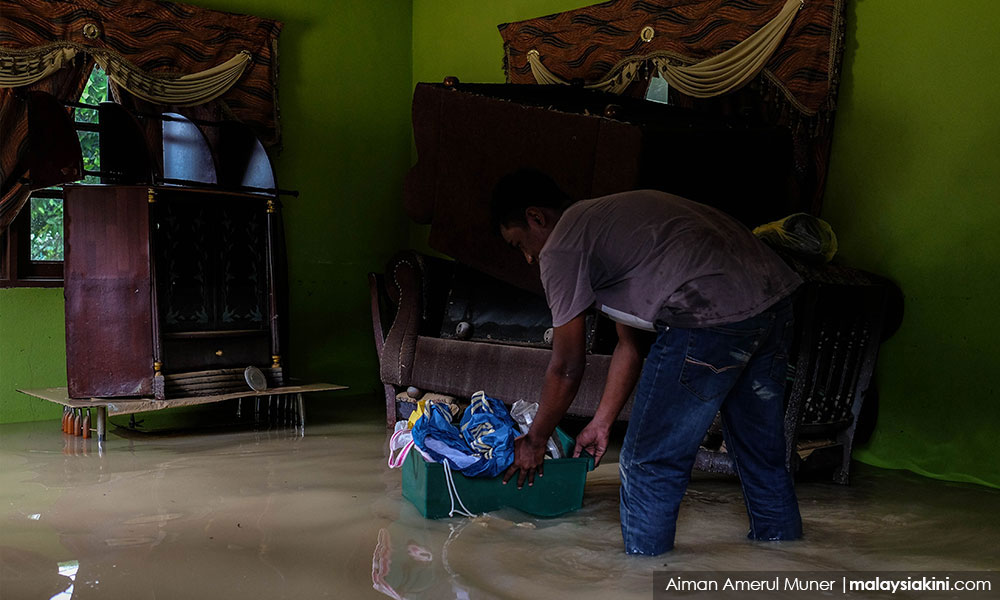
His sofa and cabinet, raised above the water level with makeshift stands had apparent signs of water damage.
Down the street from Mamu and Saidin's houses were air force officer Shahrunizam Ibrahim's home, which was also submerged in water.
Like his neighbours, Shahrunizam's furniture and appliances were ruined.
"I managed to move my documents and other light items upstairs, but two of my fridges, cupboards and jati wood furniture are gone," he said.
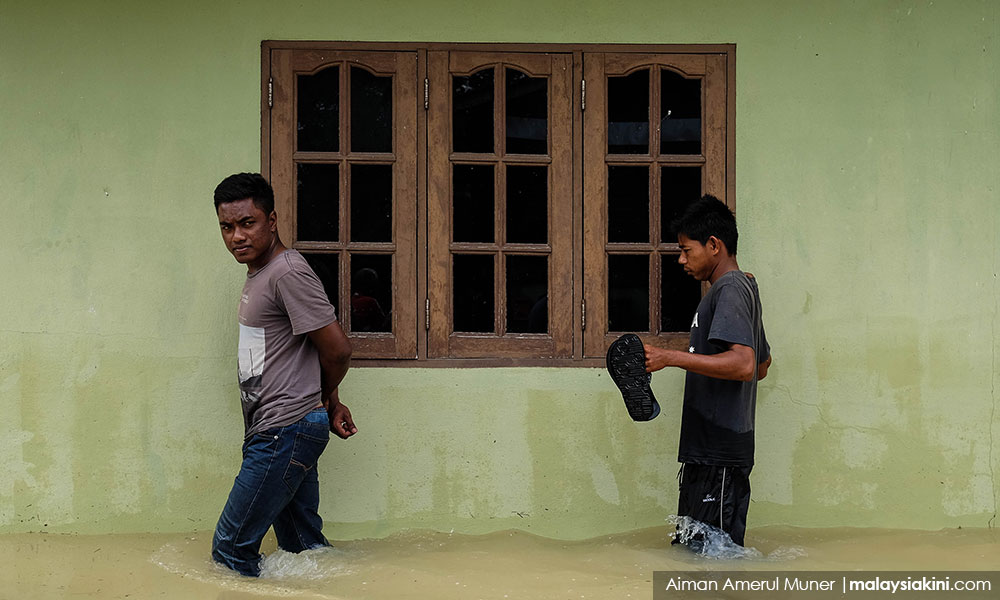
The villagers of Kampung Terus, located just adjacent to the Perai River, consider themselves to be "flood-hardened" folk. The previous flooding had happened just a month ago.
So when the skies opened relentlessly on the night of Nov 4, the villagers went about their usual preparations with nonchalance.
They had taken precautionary measures, such as placing their televisions on makeshift platforms above their dining tables, and moving their cars to higher ground.
Mamu had then proceeded to a nearby coffee shop to watch the Malaysia Cup final between Kedah and Johor Darul Takzim.
"We thought it would only go up to our knees," he said.
However, Mamu was surprised how rapidly the situation deteriorated by the wee hours of Nov 5. By sunrise, many of his neighbours and he were forced out of their homes.
"At 2.30am on Sunday, the water was still at waist level, not yet at chest level... This was after watching the Malaysian Cup finals, I watched it at a coffee shop outside the village.
"But by Sunday morning, the waters were at a critical level, it was at chest level," he said.
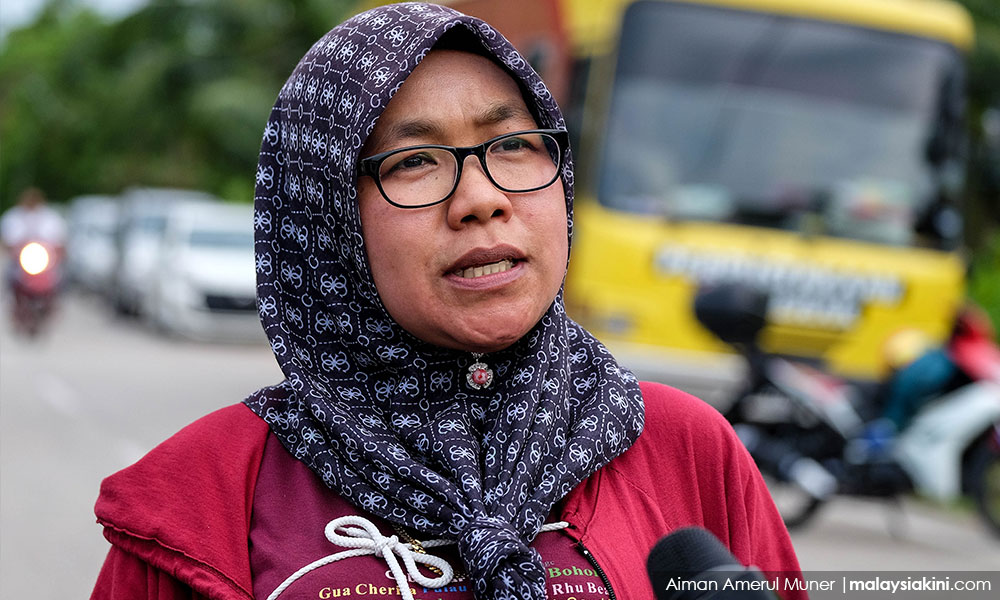
Another villager, Zaiton Saad (photo), told Malaysiakini about being stranded in chest-deep water at near dawn.
"The Civil Defence Department came about 6am to rescue us.
"Before they arrived we had to stand in the water...We waited for over an hour before they arrived," said Zaiton, who is around five feet tall.
Her 70-year-old mother Doyah Ahmad, who lived next door, was stranded on her bed, which became a veritable island before help arrived.
As of this evening, more than 200 people were still staying in the local flood evacuation centre about one kilometre away from the flood zone.
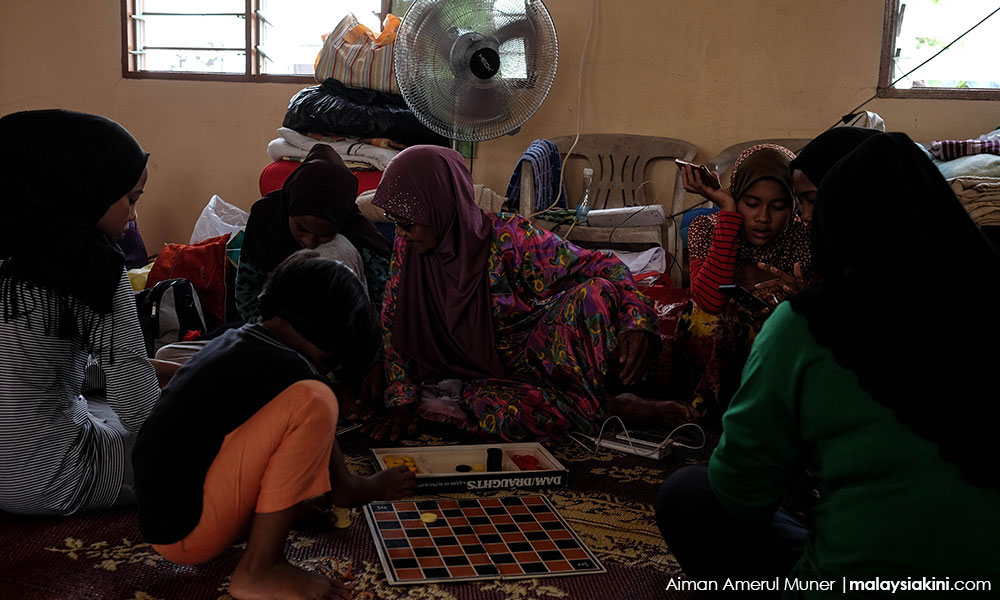
Besides loss of personal belongings and displacement, many villagers are also concerned about their livelihoods.
A community built on agriculture, villagers such as 63-year-old Muhammad Yahya rely on the rice crop for their living.
"We only make money once every five months (when the harvest is ready).
"If the rain doesn't subside soon, the (paddy) seedlings (we planted last month) will die and we will have to replant.
"Where do we get the money for that? Paddy seeds are not cheap, and fertiliser too," he said.

He and other paddy farmers in the village had expected to reap their harvest in January.
If the seedlings die and the paddy farmers are forced to replant, it may set them back by another five months.
Therefore, paddy farmers like Muhammad are nervously waiting for the water to recede as every moment counts.
It is not by accident that Kampung Penanti is still inundated with water two days after the floods.
Muhammad and many others villagers said when the village was hit by the last big flood, in 2003, it took 10 days for the water to subside.
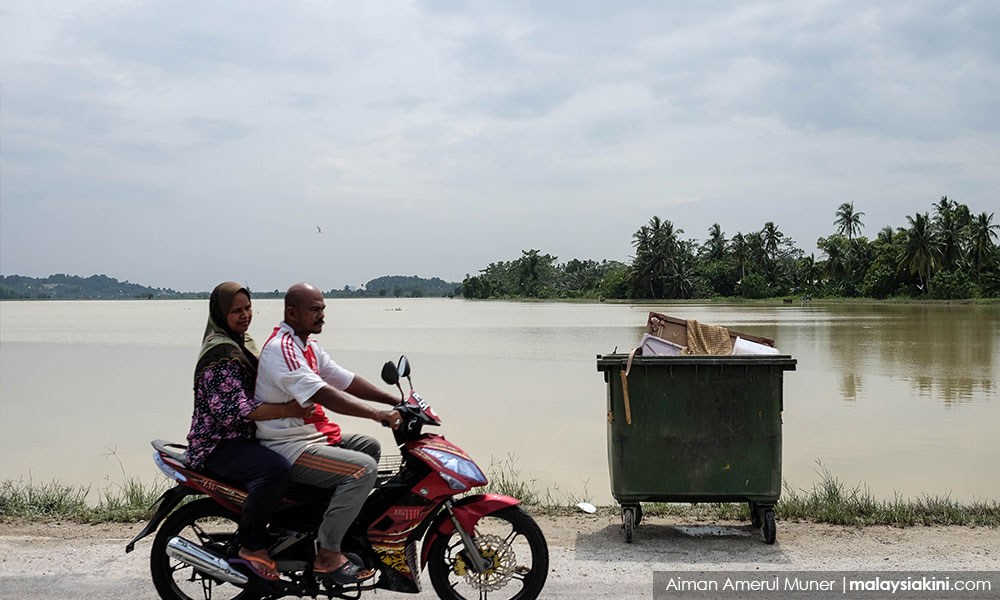
It had, in large part, to do with the village's geographical location by the river.
Penanti assemblyperson Norlela Arifin, in whose constituency Kampung Terus is located, said the decades-long problem could be resolved with proper funding.
"All you need is to build a flood arch so that water (from the Perai river) can be guided towards the sea," Norlela said.
This would cost about RM7 million to build, she said.
She also said that flood mitigation works from Sungai Muda should be extended to Penanti, which she had expressed to Prime Minister Najib Abdul Razak when he visited Penang earlier today.
The flood in Penang this weekend was triggered by a tropical disturbance. At least seven lives were lost in the floods.

